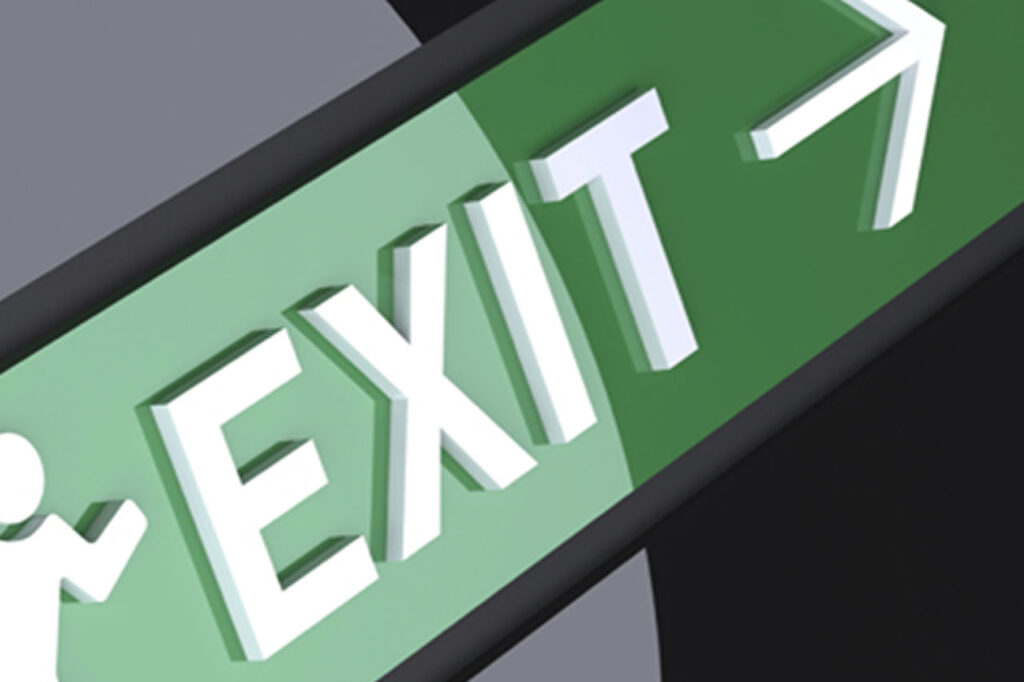
Emergency Lighting
Chariot Fire and Security design, install, service and maintain all types of emergency lighting equipment in accordance to BS5266-1, we install products from the top leading manufacturers.
Electrical repairs, upgrades & installations by NICEIC Approved electricians.
Our systems have been installed in a variety of locations including public sector, commercial, industrial and domestic premises such as care homes, rehabilitation centres, nursing homes, doctors surgeries, schools, colleges, nurseries, distribution warehouses, offices, estate agents, HMO, public houses, car showrooms, industrial units, new development building sites, water treatment sites, opticians, shopping centres and many others.
Emergency lighting equipment includes:
Chariot provide quarterly or annually service contracts.
Call 01827 705141 now for full details.
- 8 Watt bulk heads
- 8 Watt exit boxes c/w legends
- Twin spot lights (frog eye fittings)
- Florescent high frequency T5 and T8 fittings
- Central battery systems
- Emergency light test switch
What is emergency lighting?
Emergency lighting is commonly found in commercial and high occupancy residence properties and is designed to either remain on, or come on in the event of a mains failure, in order to provide lighting in the event of an emergency situation where a loss of power results in the failure of the normal lighting system.
Emergency lighting is required to operate fully automatically and give illumination of a sufficiently high level to enable all occupants to evacuate the premises safely. The design and type of equipment installed by Chariot Fire and Security conforms with current building regulations and any local authority requirements.
Emergency Lighting can be split into five main types.
1. Emergency Escape Lighting is designed to provide sufficient illumination so that all occupants can evacuate the building in an emergency situation. This is part of the fire safety provision of a building and a requirement of The Regulatory Reform (Fire Safety) Order 2005.
2. Escape Route Lighting does what is says on the tin! It is a lighting system designed to ensure that the means of escape can easily be identified.
3. Open Area, also known as Anti-Panic Lighting is a system that provides sufficient illumination to allow occupants to reach a safe place in a building where an escape route can be easily identified. This is part of the escape lighting system.
4. Hazardous Area Lighting is emergency lighting which will provide sufficient illumination so that an operator can terminate a potentially dangerous process or carry out proper shut-down procedures before evacuating the premises.
5. Standby lighting is lighting which comes on when the regular lighting system has failed and is designed to enable normal activities to continue. This is not a legal requirement but is a feature which may or may not be needed depending on the use of the premises.
